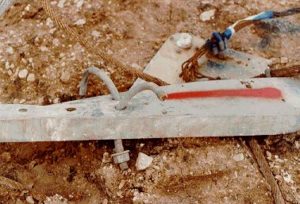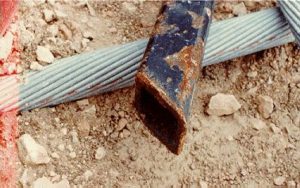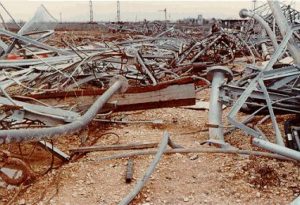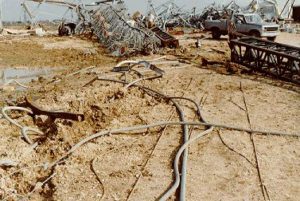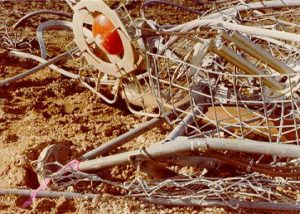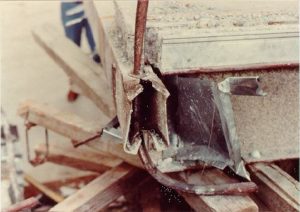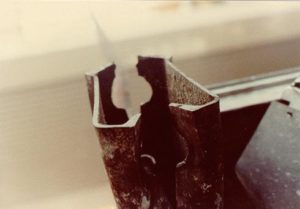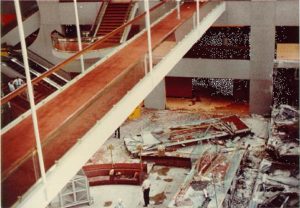Introducing Ethics Case Studies Into Required Undergraduate Engineering Courses
 Engineering ethics is attracting increased interest in engineering universities throughout the nation. At Texas A&M University, evidence of this interest in professional ethics culminated in the creation of a new course in engineering ethics, as well as a National Science Foundation project to develop material for introducing ethical issues into required undergraduate engineering courses. A small group of faculty and administrators actively supported the growing effort at Texas A&M, yet this group must now expand to meet the needs of increasing numbers of students wishing to learn more about the value implications of their actions as professional engineers.
Engineering ethics is attracting increased interest in engineering universities throughout the nation. At Texas A&M University, evidence of this interest in professional ethics culminated in the creation of a new course in engineering ethics, as well as a National Science Foundation project to develop material for introducing ethical issues into required undergraduate engineering courses. A small group of faculty and administrators actively supported the growing effort at Texas A&M, yet this group must now expand to meet the needs of increasing numbers of students wishing to learn more about the value implications of their actions as professional engineers.
The increasing concern for the value dimension of engineering is, at least in part, a result of the attention that the media has given to cases such as the Challenger disaster, the Kansas City Hyatt-Regency Hotel walkways collapse, and the Exxon oil spill. As a response to this concern, a new discipline, engineering ethics, is emerging. This discipline will doubtless take its place alongside such well-established fields as medical ethics, business ethics, and legal ethics. The problem presented by this development is that most engineering professors are not prepared to introduce literature in engineering ethics into their classrooms. They are most comfortable with quantitative concepts and often do not believe they are qualified to lead class discussions on ethics. Many engineering faculty members do not think that they have the time in an already overcrowded syllabus to introduce discussions on professional ethics, or the time in their own schedules to prepare the necessary material. Hopefully, the resources presented herein will be of assistance.
The ethics files herein are the results of work done by Dr. Mike Rabins, Dr. Charles Harris, Dr. Michael Pritchard, Dr. Lee L. Lowery, Jr. and others on NSF grants at Texas A&M University. There are numerous cases, some real, others fictional, which are designed to be taught to undergraduate engineering classes. All files, photos, or other materials are copyright free and are available for use without limit. Attribution is appreciated but not required.

